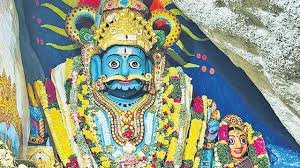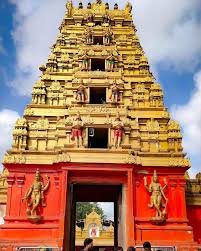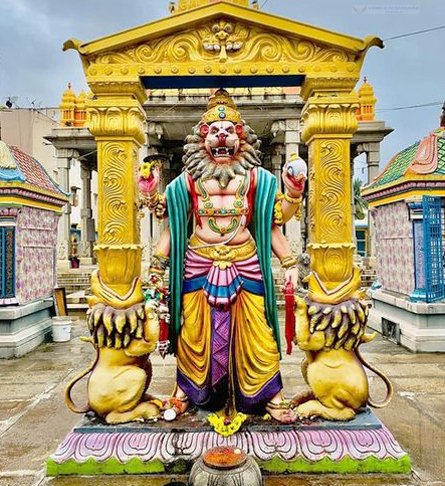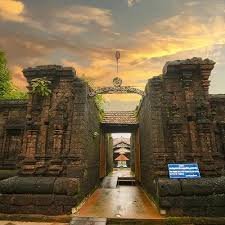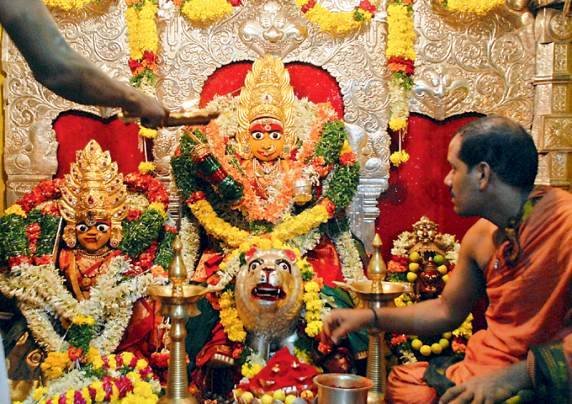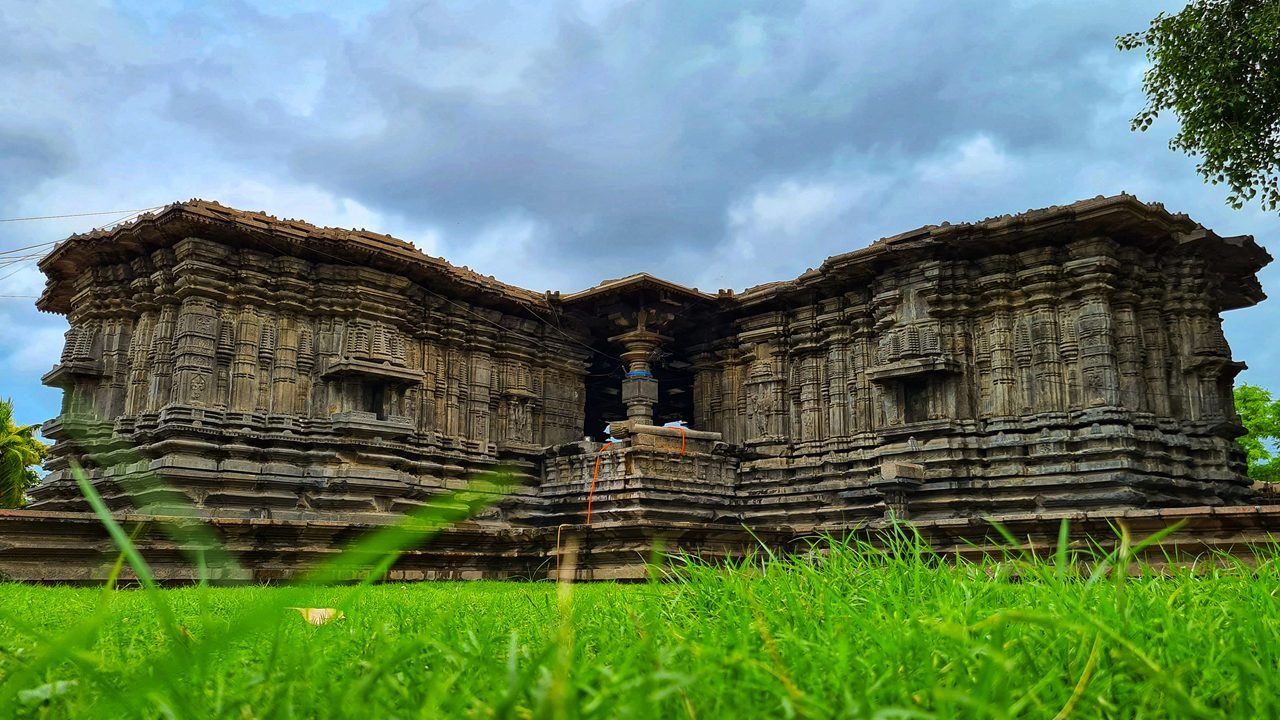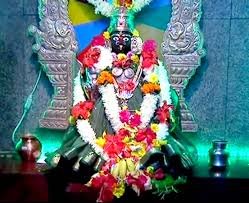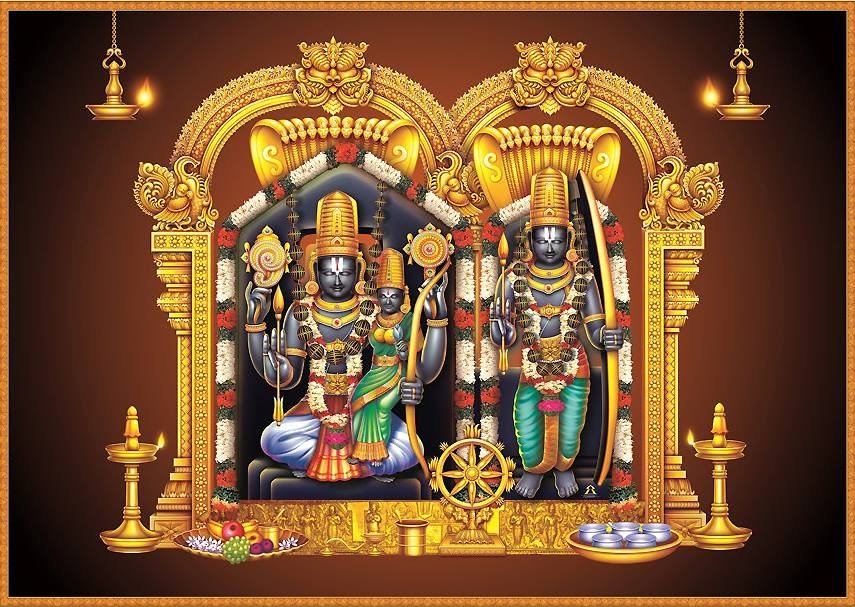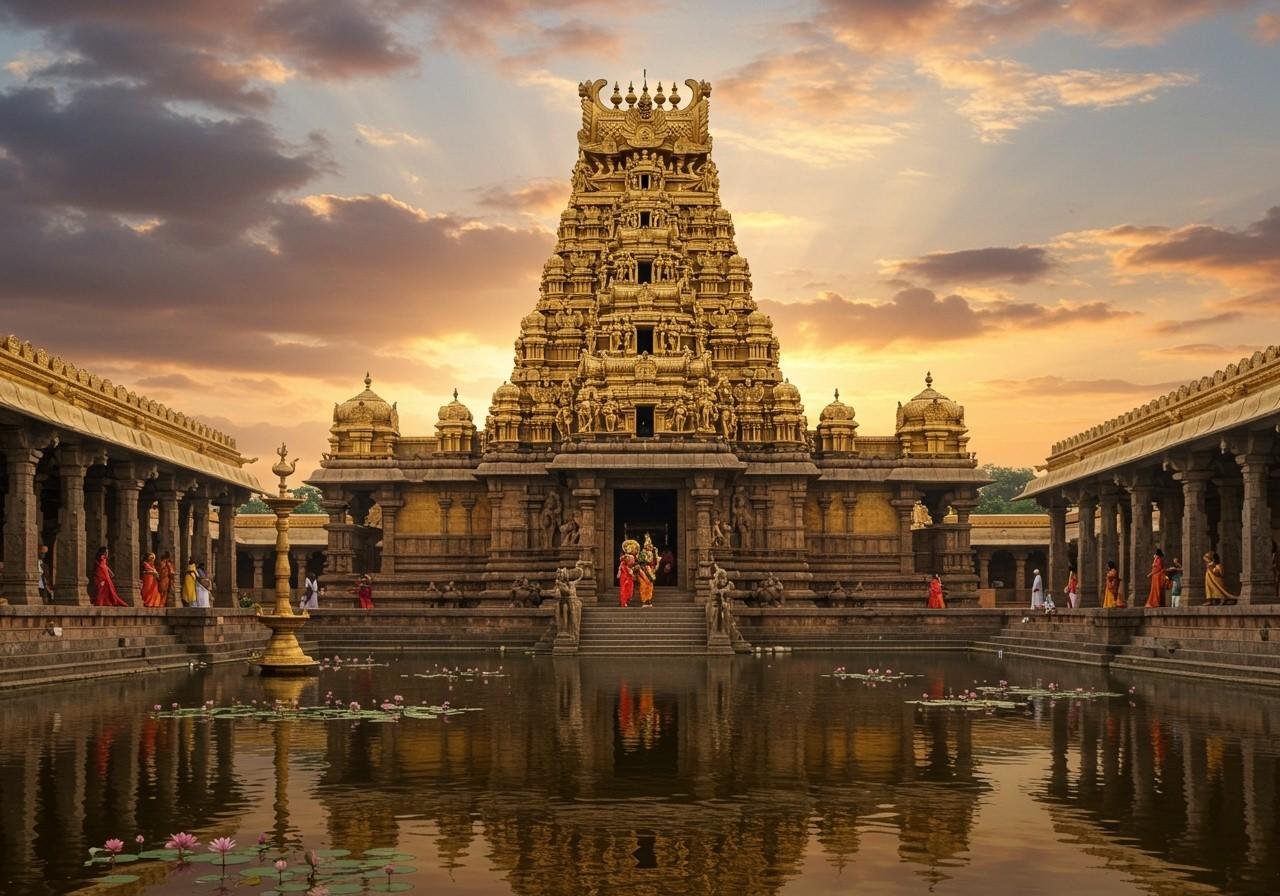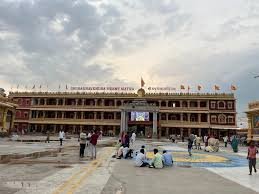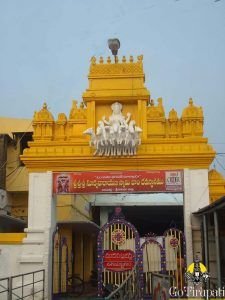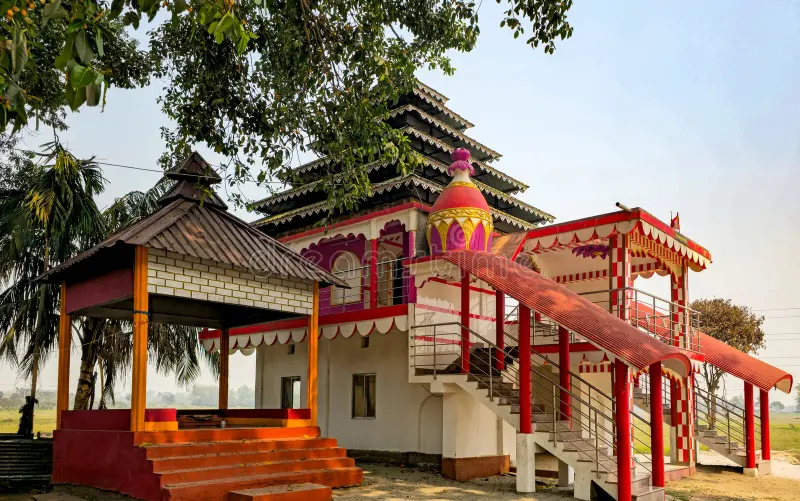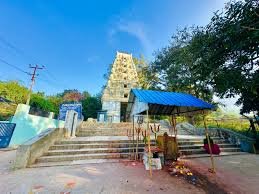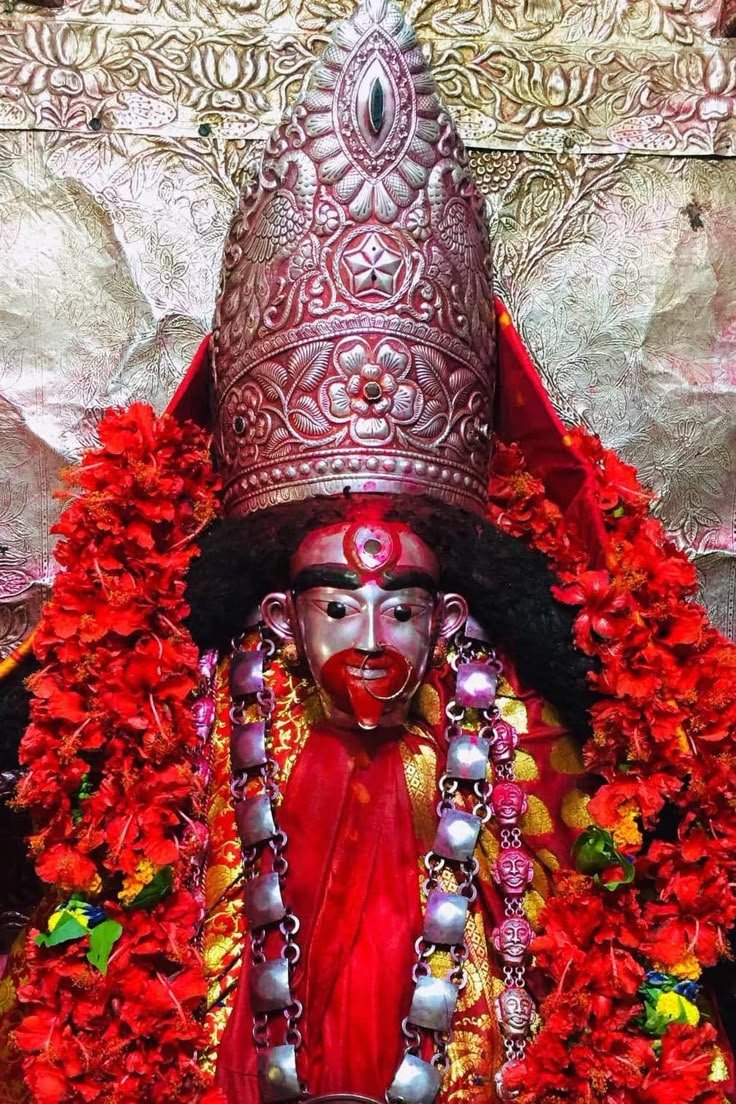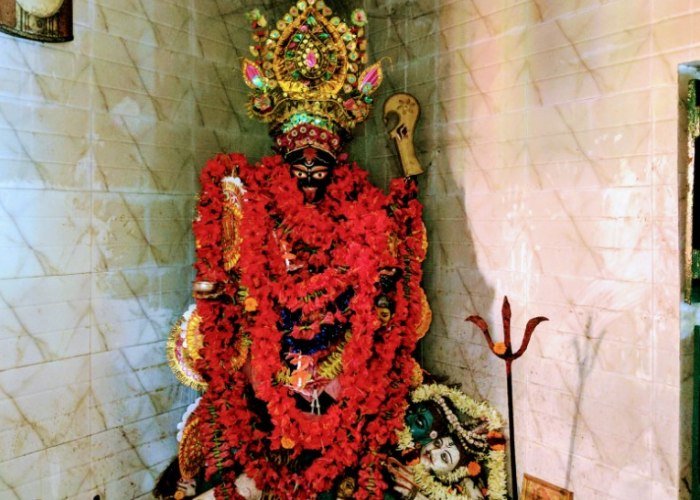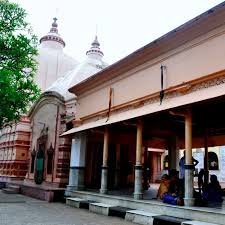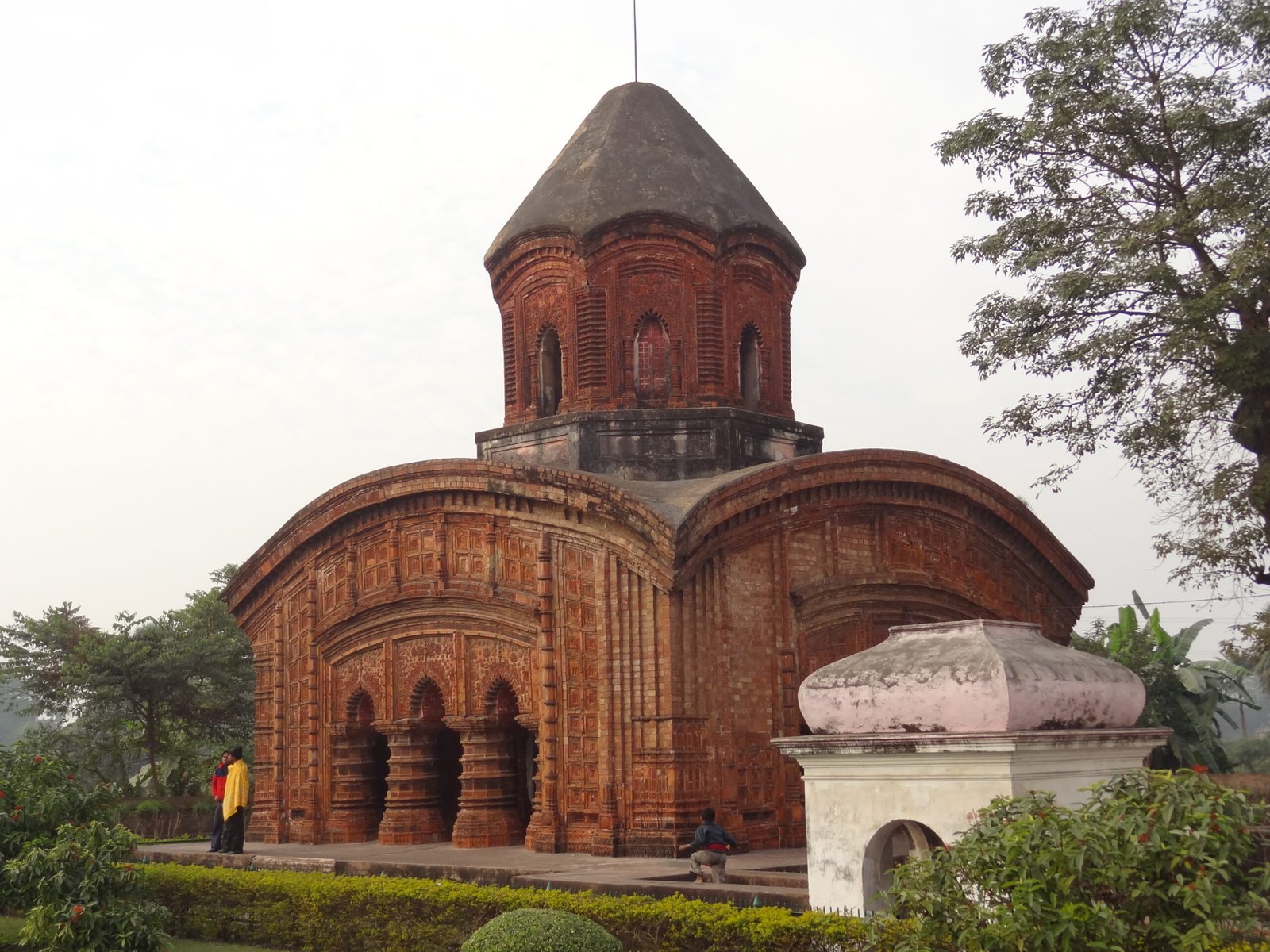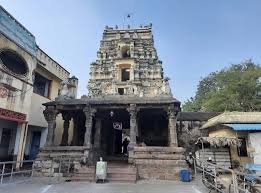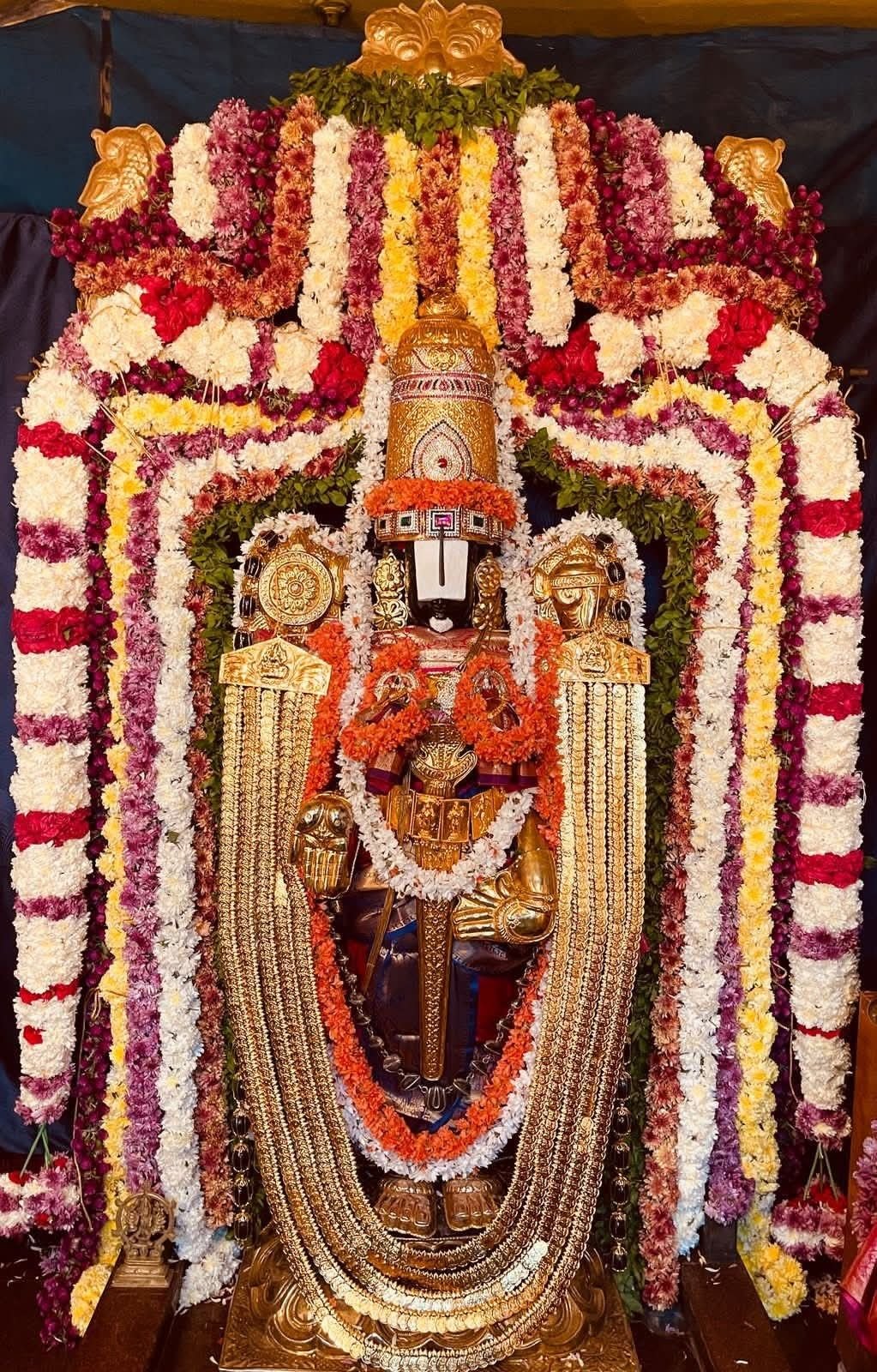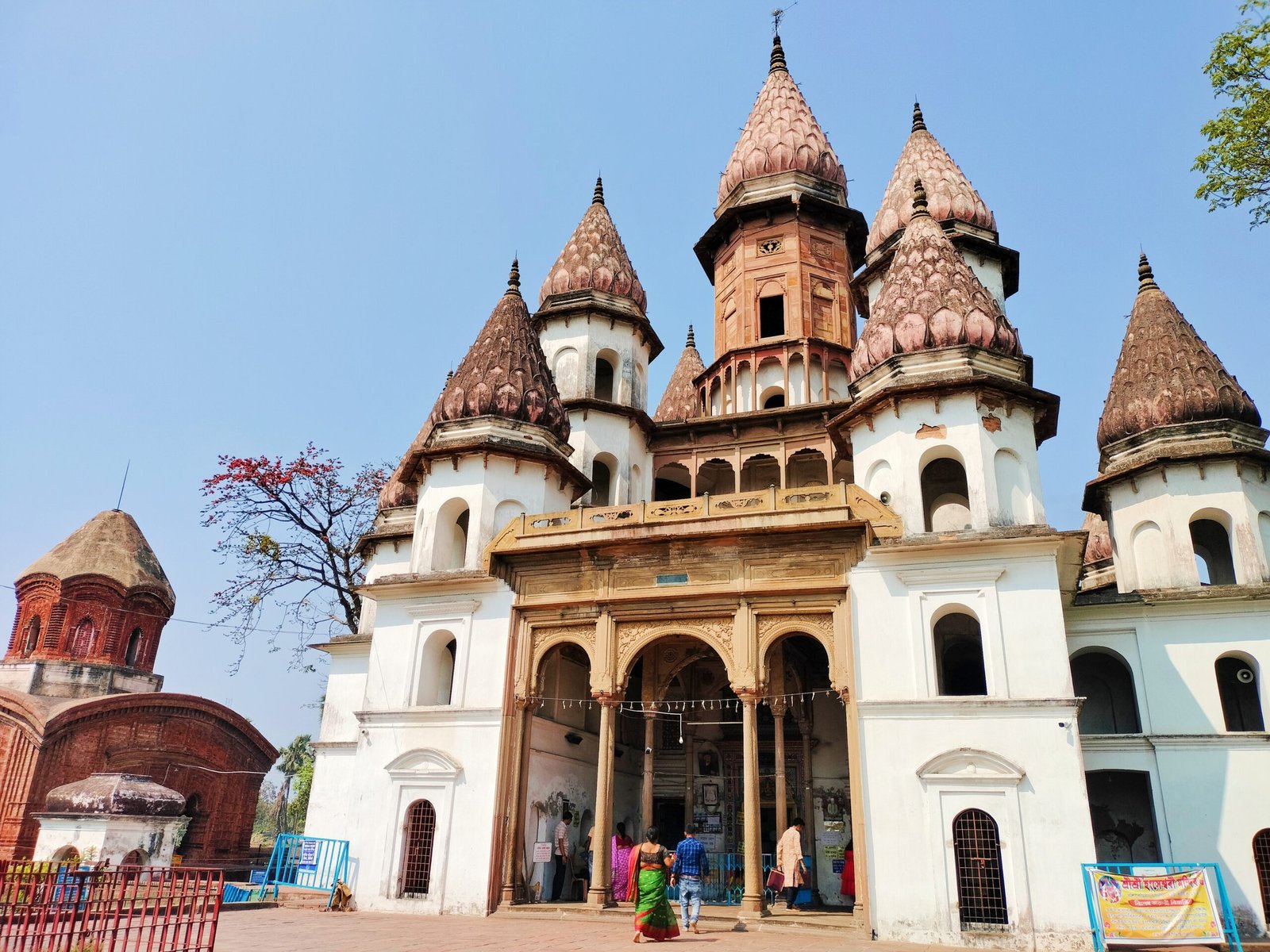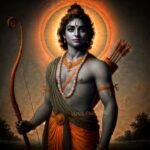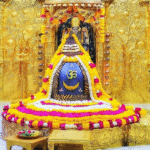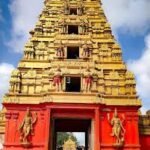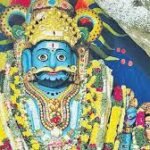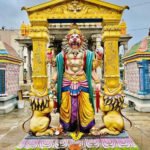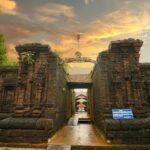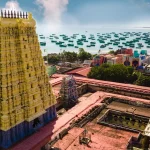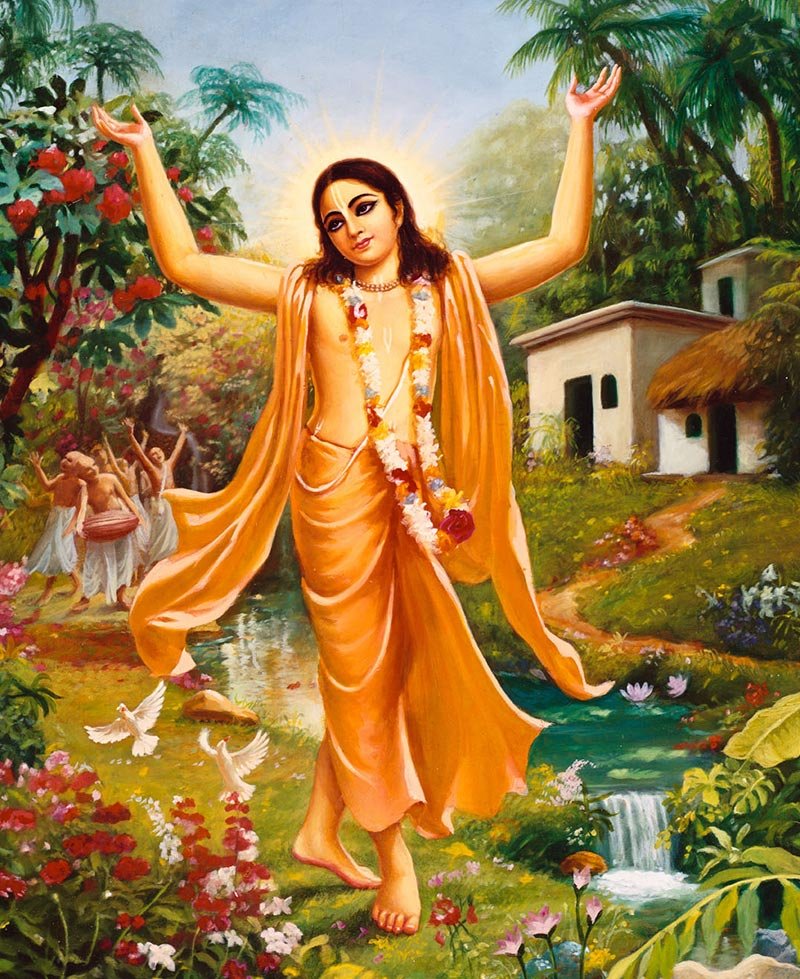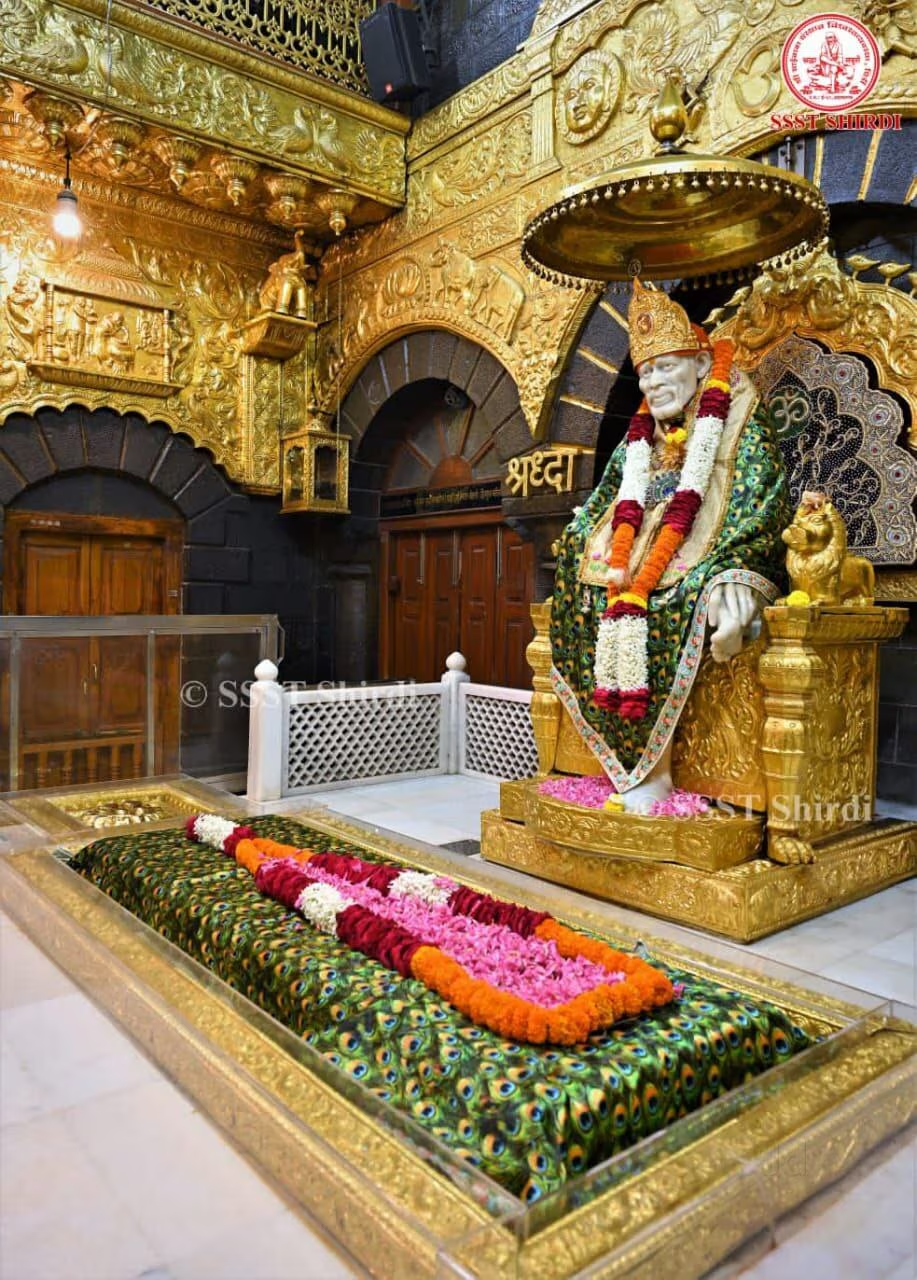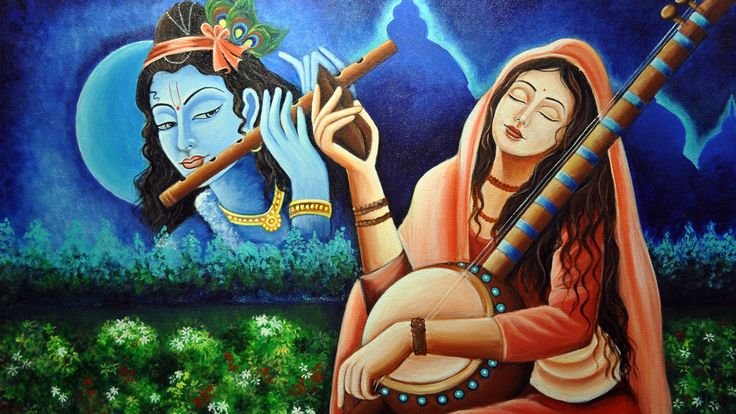
The temple was constructed in the 12th century with the support of King Anantavarman Chogaganga Deva. It is not just a simple structure but rather a symbol of faith and devotion. The temple’s main attraction is the enigmatic presence of Lord Jagannath, a form of Vishnu. Every year, millions of devotees visit the temple to witness the grandeur of its Rath Yatra.





Architecture of Jagannath Puri Temple


The architecture of the Jagannath Puri Temple is truly a marvel to behold. Its classic Oriya design stands as a testament to ancient craftsmanship and devotion. The temple is enclosed by two imposing rectangular walls, covering an expansive area of approximately 4,00,000 square feet. The outer wall, known as Meghanada Pacheri, stands tall at 20 feet, while the inner wall, Kurma Bedha, surrounds the main temple, creating a sacred sanctuary.
At the heart of the temple rises the majestic shikhara, or tower, housing the revered deities. The temple comprises four distinct structures arranged in a row: the Vimana, Jagamohan (porch), Nata Mandir, and Bhoga Mandap, each exuding grandeur and spiritual significance.
Four ornate gates adorn the temple complex, each symbolizing different animal motifs: the eastern Singhadwara (Lion Gate), southern Ashwadwara (Horse Gate), western Vyaghrasana (Tiger Gate), and northern Hastidwara (Elephant Gate). The Lion Gate on Grand Road serves as the main entrance, welcoming devotees into its sacred precincts.
Crowning the temple’s summit is the iconic Nila Chakra, or Blue Wheel, crafted from various metals. A new flag is ceremoniously hoisted atop this sacred wheel every day, symbolizing divine protection and blessings showered upon the faithful. The architecture of Jagannath Puri Temple stands as a timeless testament to India’s rich cultural heritage and spiritual legacy, captivating visitors with its beauty and sanctity.
Temple Timings



